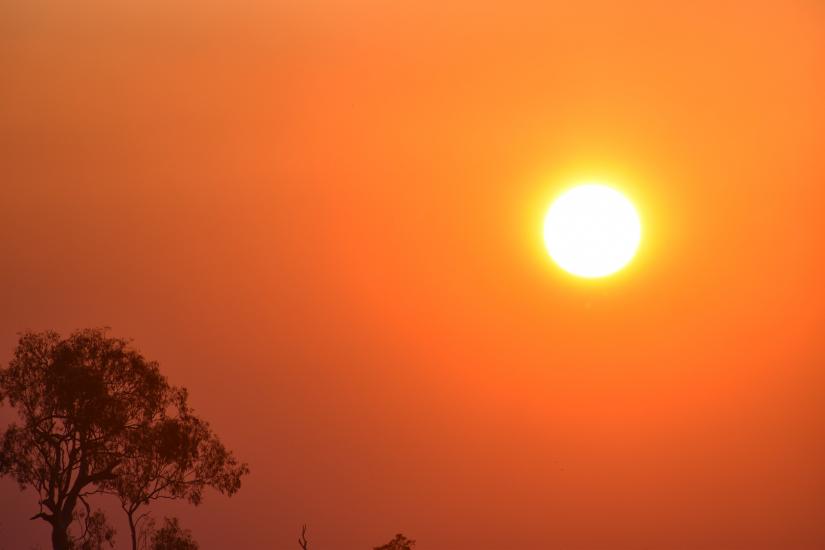
Image: Pixabay
Cold temperatures are not nearly as deadly as heat, with around 2% of all deaths nationwide related to heat, according to new research from the University of Technology Sydney.
The study, published today in the journal Climatic Change, reveals that in warmer regions of Australia up to 9% of deaths were related to heat, with the elderly facing the greatest risk. Cold weather had a much smaller impact (-0.4% nationwide) except in the coldest climate zone, where 3.6% of deaths could be linked to cold temperatures.
“Accurately measuring temperature-related mortality is an important step towards understanding the impacts of climate change, particularly across different climate zones,” says study author Dr Thomas Longden, from the UTS Centre for Health Economics Research and Evaluation.
Whether an increase in heat-related mortality is offset by a reduction in cold-related mortality is crucial to finding a net benefit or cost from climate change when using temperature-mortality relationships.
Dr Thomas Longden
The study is the first to use a national data set of mortality records to calculate the number of deaths linked to heat and cold in Australia. A key part of the analysis was estimating temperature-related deaths across six climate zones.
The climate zones range from areas with hot, humid summers in Northern Australia, to areas with mild summers and cold winters in Tasmania, ACT and parts of NSW and Victoria.
Regions with warm, humid summers, including Brisbane, Coffs Harbour and the Gold Coast, had the highest proportion of deaths linked to heat (9.1%).
The coldest climate zone, which encompasses Tasmania and the NSW and Victorian alpine regions, saw 3.6% of deaths attributed to cold temperatures and a 3.3% reduction in deaths during warmer months.
The study also revealed that in some regions, particularly those with warm, humid summers, colder temperatures actually reduced deaths in comparison to the median temperature.
“While the cold is more dangerous in the colder climate zones, in four of the six regions, there was a decrease in deaths during colder weather. This is because most of the cold days in warmer climate zones are quite moderate,” says Dr Longden.
Previous studies that used data for Sydney, Melbourne and Brisbane have suggested that despite increasing temperatures due to climate change, there would be a net reduction in temperature-related deaths due to the reduction in cold-related deaths.
However, this study reveals that nationwide there would be a net cost from climate change, as increased heat-related deaths would not be offset by a reduction in cold-related deaths in most climate zones.
Read the full story on the UTS Newsroom.

